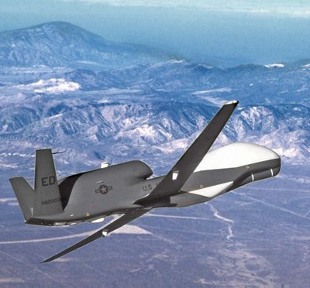Little attention has been paid in the past to America’s remote control warriors, the pilots of the ever-growing number of drones looming over the skies of several nations, lobbing missiles at suspects from bases in Nevada.
 But a new Air Force study on the pilots of those drones shows a surprisingly high level of stress among them, with 29 percent facing “burnout” from long hours, as commanders look to meet administration goals of escalation with a relatively small number of button-pushers. 17 percent are described as showing signs of “clinical distress.”
But a new Air Force study on the pilots of those drones shows a surprisingly high level of stress among them, with 29 percent facing “burnout” from long hours, as commanders look to meet administration goals of escalation with a relatively small number of button-pushers. 17 percent are described as showing signs of “clinical distress.”
Top officials are mostly shrugging the figures off as a factor of a “surge mode” that’s been going on in drones since 2007. But another factor, less analyzed in the report, suggests that the drones haven’t depersonalized killing nearly as much as officials had hoped.
“When they’re involved with missions when they’re observing people over long periods of time, and then they either kill them or see them killed, it does cause them to re-think aspects of their life and it can be bothersome,” noted Lt. Col. Kent McDonald.
McDonald too sought to downplay this as a serious cause, saying that many of the operators had been deployed in combat missions in the past and were traumatized by that, not the drones. But with drone warfare the wave of the future for the US, there will be plenty of opportunities for this study to revisit the impact that high resolution camera-based killing has on people.


